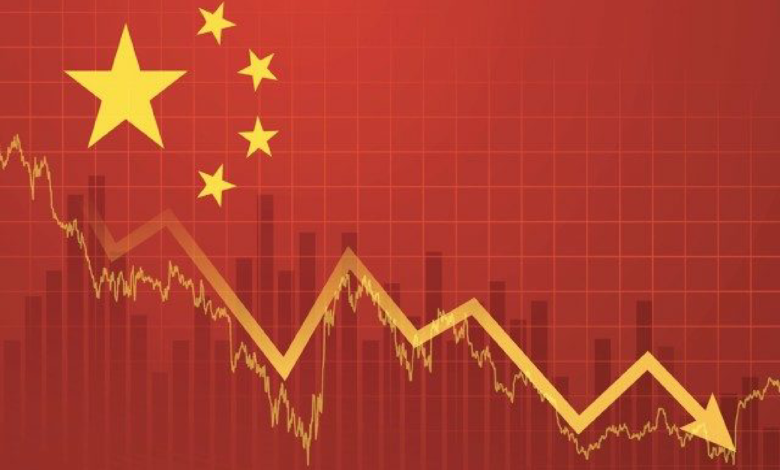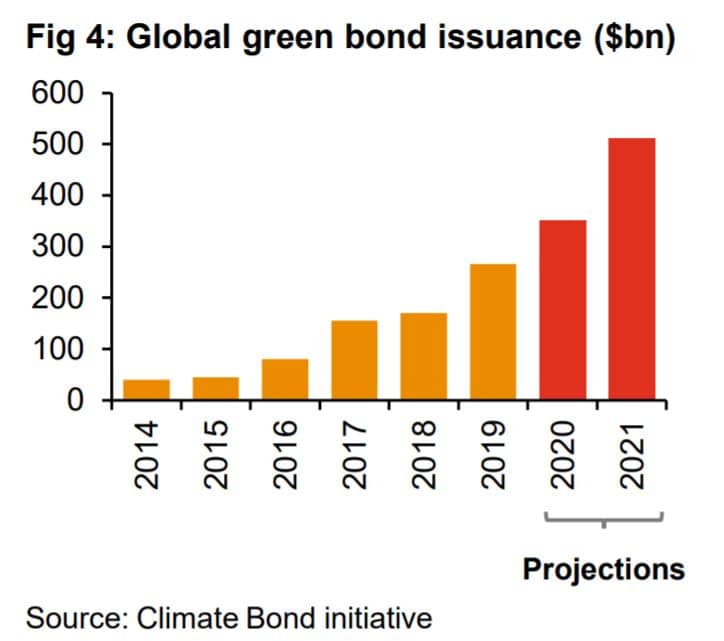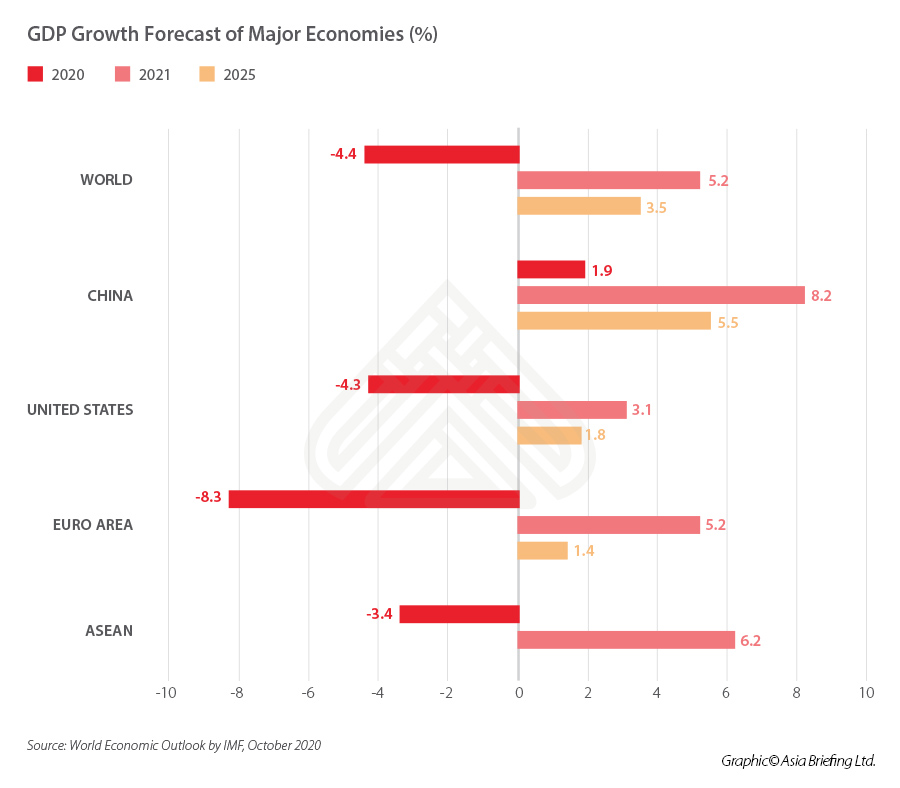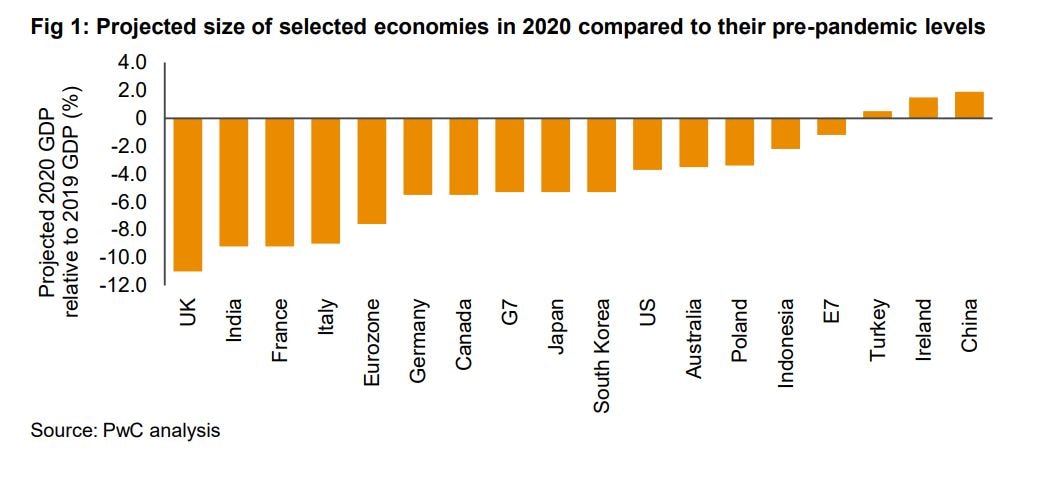
Economic status is one of the critical factors that determine the economy level of a nation. In a worldwide index of developed, developing, and underdeveloped countries, China stands second, with the world’s largest population. The markets of the nation on which the global economy depends seem to be under serious threat.
The worldwide economic imbalance took its turn over the world’s second-largest economy, China. The pace of its growth slows down unexpectedly in a year of its third quarter. As per the first quarter is concerned, a year ago, the Gross Domestic Product growth of the country was estimated at 18.9 percent growth which drops down to 4.9 percent by the third quarter. Even though the estimated growth after the second quarter was 5.2 percent from 7.9 percent.
China was among the first countries to recover from the worldwide pandemic, yet the economic thunderstorm kept bothering the nation since March 2020. The tragic decline in the world’s second-largest economy was marked by the power shortages, uncanny increase in prices of goods, and a minimum satisfaction of the consumers worldwide, which led to significant losses in various business sectors, including imports and exports. The primary sources of this downfall were:

- A decreasing value in the property sector.
- A decline in consumer-based markets.
- High rates in the businesses dealing with natural products.
After the speedy recovery from the pandemic, there was a visible and impressive growth in the nation’s economic crisis for the first few months. But, on the broader vision, the experts handling the economy could not prevent the significant hit that the nation’s economy is facing on this date.
Once the data for the third quarter was released, The National Bureau of Statistics (NBS) spokesperson, Fu Linghui, stated that an approximation of 64.8 percent contribution was made to the consumers’ economy in the last three quarters according to the calculations.
Fu said, and as quoted, ” We must note that the current uncertainties in the international environment are mounting and the domestic economic recovery is still unstable and uneven.”
A Hong-kong based newspaper interviewed Fu while explaining the current status of the economy, its growth, and its recovery process in China, to which he said,
” The overall national economy maintained the recovery momentum in the first three quarters…however, we must note that the current uncertainties in the international environment are mounting and the domestic economic recovery is still unstable and uneven.”
The Recovery and Current Status of Domestic Economy in China;

China’s retail sales of consumer goods hiked up by 16.4 percent after the data for the first three quarters were released. A total of 31.8 trillion yuan was calculated in the January-September period. That is almost 4.9 trillion USD!
The value-added industrial output and fixed-asset investment went up by 11.8 percent and 7.3 percent, respectively, in the given period, according to the data of the first three quarters provided by NBS.
The NBS data also states the introduction of 10.45 million new urban jobs, covering almost 95 percent of the aim for an entire year.
Experts in their reports stated the major upheaval in the world’s second-largest economy is a due cause of the world pandemic situation. After the third quarter, the alarming economic decline after the third quarter is caused due to the increase in worldwide lockdown and uncertainties in business sectors. The very situation of the pandemic has led to the imbalance in financial conditions putting a coma in trades and commerce overall. The scenario of the disrupted global market has resulted in the downfall of China’s domestic economy and thus challenged the country’s financial conditions.
International Response Towards The Drastic Downfall of China’s Economy
Many International Financial institutions are taking steps to strike a balance in the world economic scenario.
Keeping in mind all the possible natural hazards and upcoming pandemic influences, The Standard Chartered Bank curbed its prediction down for China’s GDP in the third quarter from 6 percent to 5 percent. The Global Times reported that the insufficient power supply due to the lack of coal in China would increase further economic distress. As predicted by Goldman Sachs, the growth in GDP for China by their fourth quarter will be somewhere near 3.2 percent instead of 4.1 percent, as indicated earlier. As evident, the change is constantly under threat; it might be lesser than that if not taken care of.

In an interview with The Global Times, Wu Charming, the chief economist at Chasing Securities, stated the issues of the declining GDP growth rate after the third quarter is solely due to the worldwide pandemic situation. It has hampered the commerce scenario for various Chinese markets worldwide, directly affecting the domestic economy.
He also says that the nation’s economic growth is still expected in the broader vision, as 4.9 percent is not that far apart from 5.5-6 percent. He also mentioned that China’s most fantastic and most challenging path of economic crisis is its investment sector. The investment in properties for China is under severe problem as Evergrande, the largest property company, goes under severe debt of 309 billion USD, resulting in a heavy upsurge in the loans provided by banks, especially home loans.
All such issues might lead to a far more severe crisis, not just for the domestic markets in China but also for the worldwide economic scenario. As the world’s second-largest economy is nearing a collapse, the global market awaits its speedy recovery to avoid any other serious issues to struggle within the near future.
Article Proof Read & Edited By Shreedatri Banerjee




